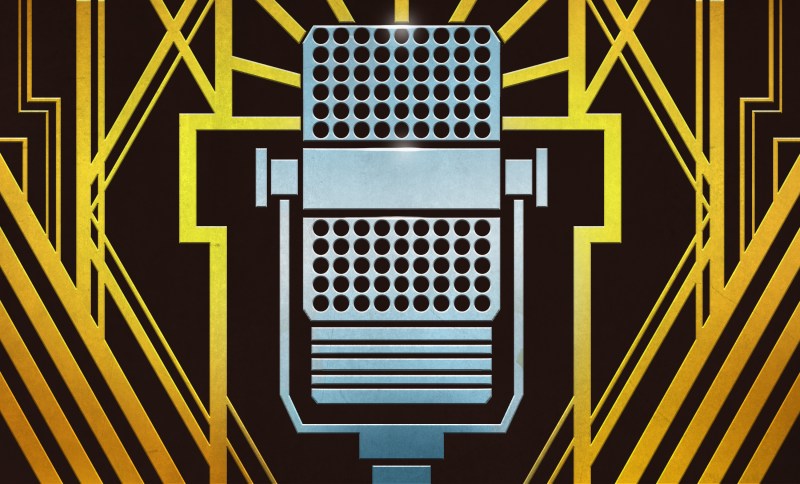Join Hackaday Editor-in-Chief Elliot Williams and Managing Editor Tom Nardi as they ring in the New Year with the first podcast episode of 2022. We get the bad news out early for those still thumbing away at their Blackberries, then pivot into some of the highlights from over the holidays such as the release of NODE’s The Pinouts Book and the discovery of a few expectation-defying OpenSCAD libraries. We’ll look at modifying a water cooler with Ghidra, and the incredible technology that let’s historians uncover the hidden history of paintings. Oh, and we’ll also talk about all the best and most important stories of the last 12 months. There’s a lot of ground to cover, so get comfortable.
Take a look at the links below if you want to follow along, and as always, tell us what you think about this episode in the comments!
Direct download (70 MB)
Episode 150 Show Notes:
News This Week:
What’s that Sound?
- If you know what that sound was, you’ve got a shot at a Hackaday Podcast t-shirt!
Interesting Hacks of the Week:
- Modular Design Enables Huge Ping-Pong Ball LED Displays
- The Pinouts Book Is Here, And It’s Just What You Need
- Rats Learn To Play DOOM In This Automated VR Arena
- An OpenSCAD Library For All Your CNC Cutting Needs
- The Three Cent Motor Controller
- Taking Water Cooler UX Into Your Own Hands With Ghidra
Quick Hacks:
- Elliot’s Picks:
- Tom’s Picks:
















Yeah, most hookup wire is PVC-insulated.
The other easy way to go would be to get some bare wire and some slightly larger sleeving and just slide it over yourself. Cut a whole bunch of little sleevelets to the right sizes, and off you go.
If you find yourself wondering, “flame test” is your keyword to search. Chlorine compounds burn greenish.
I’ve done something with wire-wrapping wire, when I needed to wire an array of chips together: first I strip off enough insulation to have enough bare wire to loop around each of the pins in a column (where the chips are dead-bugged in rows). Then with a stripper and a length guide (a piece of cardboard cut to the right length) tor the spacing between rows and a little extra, I partially strip all of the “sleevelets”, as you call them, leaving them on the wire. Then I can slide them either direction as needed as I wrap one turn of the wire around each IC pin, solder, and slide the next piece of insulation up against the solder joint. Makes for a very nice looking, and not too difficult, memory array.
I’ve done that, where you just cut the sections out of the wire’s own insulation and slide them along, but it’s pretty awkward. Guess it depends on how tight the insulation is. Workable, but PITA. IMO. YMMV. ATF. NASCAR.